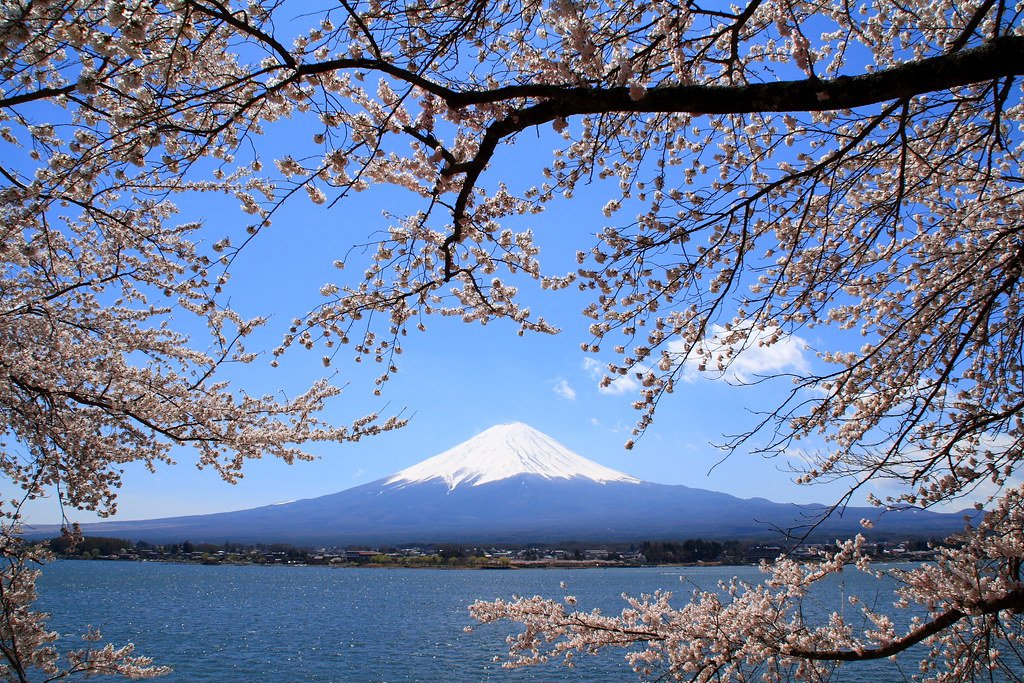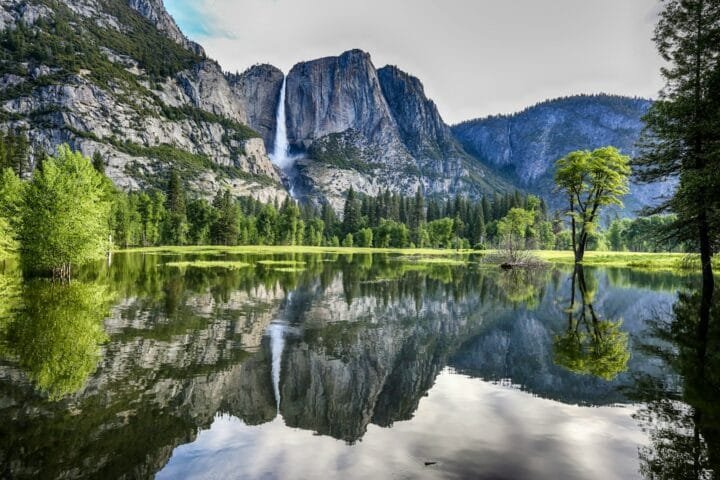Summary
Mount Fuji, Japan’s iconic peak, has not seen its first snowfall by October for the first time in over 130 years, highlighting the impact of climate change. This summer was Japan’s hottest on record, with temperatures significantly above average, contributing to the unusual weather patterns. The phenomenon underscores the urgent need for action against climate change as global temperatures continue to rise, affecting ecosystems, weather events, and public health.
Highlights -🌍
- Unprecedented Conditions: Mount Fuji snowless in October for the first time in 130 years. ❄️
- Record Heat: Japan experienced its hottest summer in recorded history. 🔥
- Climate Crisis: Rising global temperatures signal urgent climate action needed. 🚨
- Impact on Wildlife: Ecosystems threatened as weather patterns become erratic. 🦋
- Global Trends: 2024 on track to be the hottest year recorded. 📈
- Extreme Events: Increased frequency of severe weather events, including heatwaves and tropical cyclones. 🌪️
- Public Health Risk: Rising temperatures pose threats to food security and health. ⚠️
Since the establishment of Japan’s weather agency 130 years ago, Mount Fuji’s first snowfall has consistently been recorded in October. But on Wednesday, the iconic volcano’s slopes were notably snowless.
Yutaka Katsuta, a forecaster at Kofu Local Meteorological Office, told the AFP news agency that because of exceptionally warm weather this year, snowfall had yet to be observed on Japan’s highest mountain.
This summer, the hottest on record globally, was also Japan’s warmest since record-keeping began in 1898, matching the high set in 2023. Temperatures between June and August were 1.76C (3.1F) higher than the average and have remained unusually high in September, deterring cold air, said Katsuta.
Mount Fuji, Japan’s highest mountain at 3,776m (12,460 ft), sees its first snowfall on October 2 on average. Last year, the first snow started accumulating on October 5.






